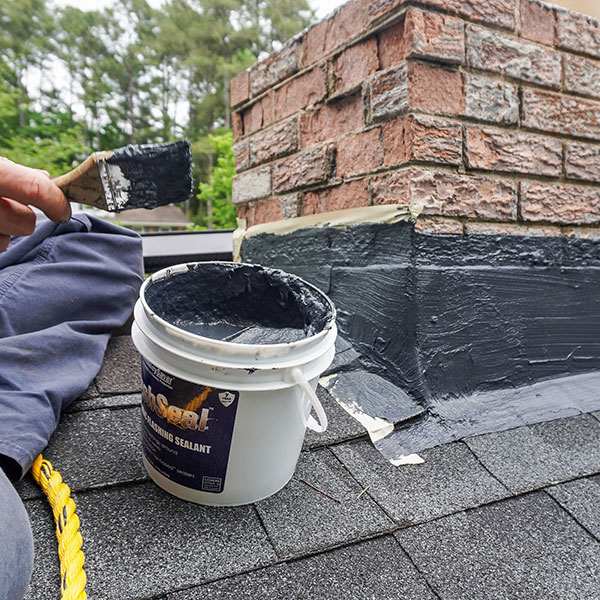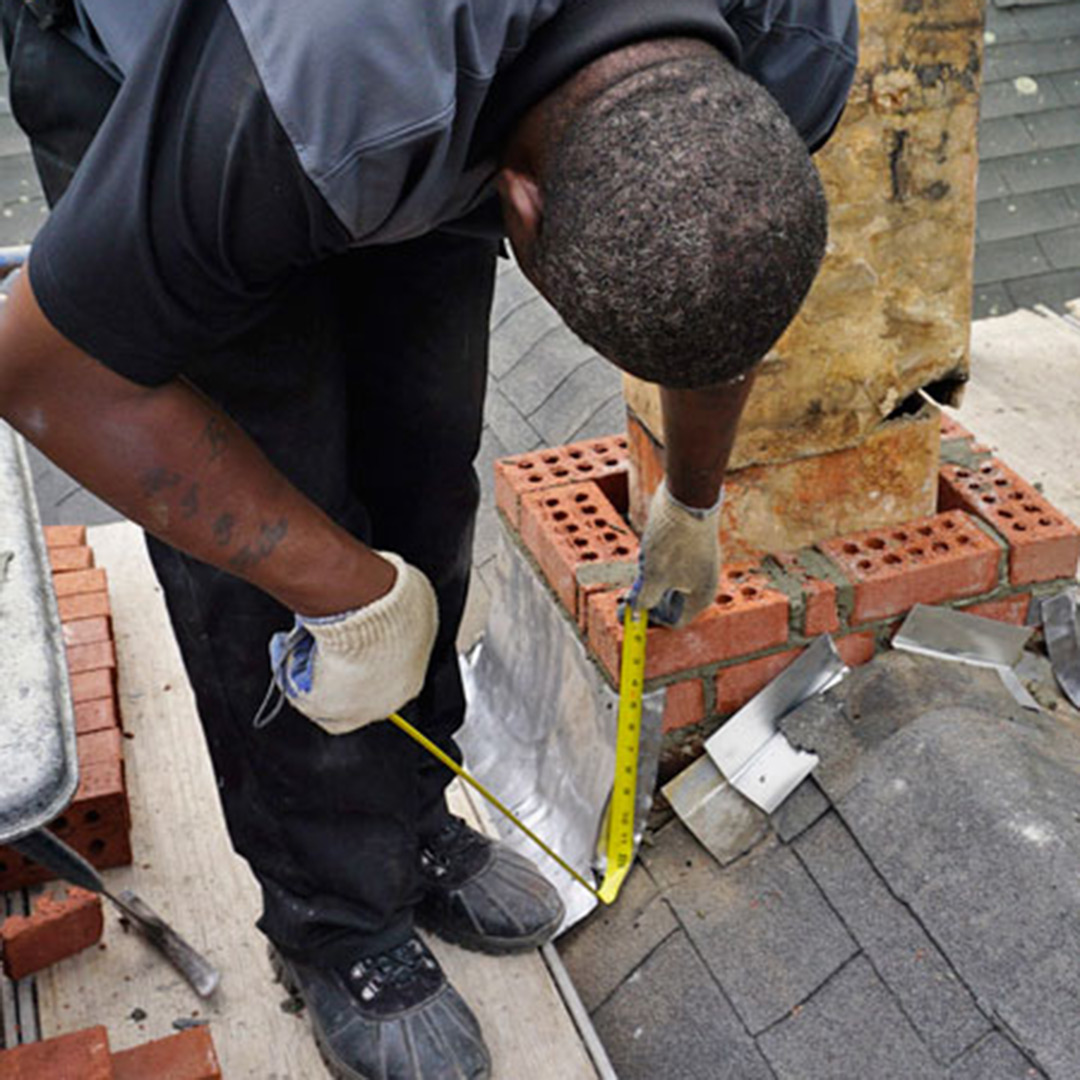Flashing: How It Prevents Leaks
Your home has many different components that are designed to help it repel water. Some of those are obvious, such as your roof. However, there are also less noticeable ones — especially if installed correctly. What are we referring to? Your chimney. So, if you’ve ever wondered what is placed around chimneys to prevent leaks, stick around as we unpack these answers for you.
 The effect of water on your home
The effect of water on your home
First, we thought it would be a good idea to recap the importance of keeping water out of your home. While necessary for our survival, water that makes its way into your ceilings, flooring, and chimney can lead to a plethora of problems. Water damage is costly, and often leads to mold, mildew, and extensive repair projects.
What is placed around chimneys to prevent leaks? Flashing
One of those areas where water can be problematic is your chimney. If not sealed properly, water will make its way down your masonry and into the seams between your roof and chimney. To prevent this, your Northeastern Chimney technician will apply a layer of flashing around the base of your chimney where it meets your roof line. This isn’t the only place in your home where you have flashing. This component is a great way to prevent leaks when installed properly. There are three types of flashing that we’ll use around chimneys to prevent leaks, depending on the situation. Let’s take a closer look at each of these.
The three types of flashing
So, what are the types of flashing placed around chimneys to prevent leaks? The first is called step flashing. We’ll primarily use this in one area: the walls of your chimney. We’ll insert this inside of each shingle that touches your masonry. The second type of flashing is referred to as apron flashing. The name is a bit of a misnomer, as we often think of an apron as a straight object. Instead, the apron flashing has an L-shaped bend to it. However, like an apron you might wear, it extends to the “floor” — or in this case, the base of where your chimney meets your roof. The final type of flashing is known as counter flashing. We similarly use this as step flashing. However, this style is often inserted into your mortar joints, with the edge of the flashing extending above the associated layer of brick.

One final note: though not technically flashing, another component called a roof cricket works in conjunction with your flashing to seal up your home from the effects of rain and snow. This is a triangle-shaped object that we’ll install behind your chimney to help divert water away from your masonry.
Serving Connecticut since 1984
For almost forty years, we’ve been helping customers across our region with all types of chimney-related services and projects. Each of our team members is highly skilled and knowledgeable, not to mentionqualified.
Would you like to get in touch with us to schedule an appointment? Then contact us today by calling Northeastern Chimney, LLC at 860-233-5770 or send us a message requesting more info.


